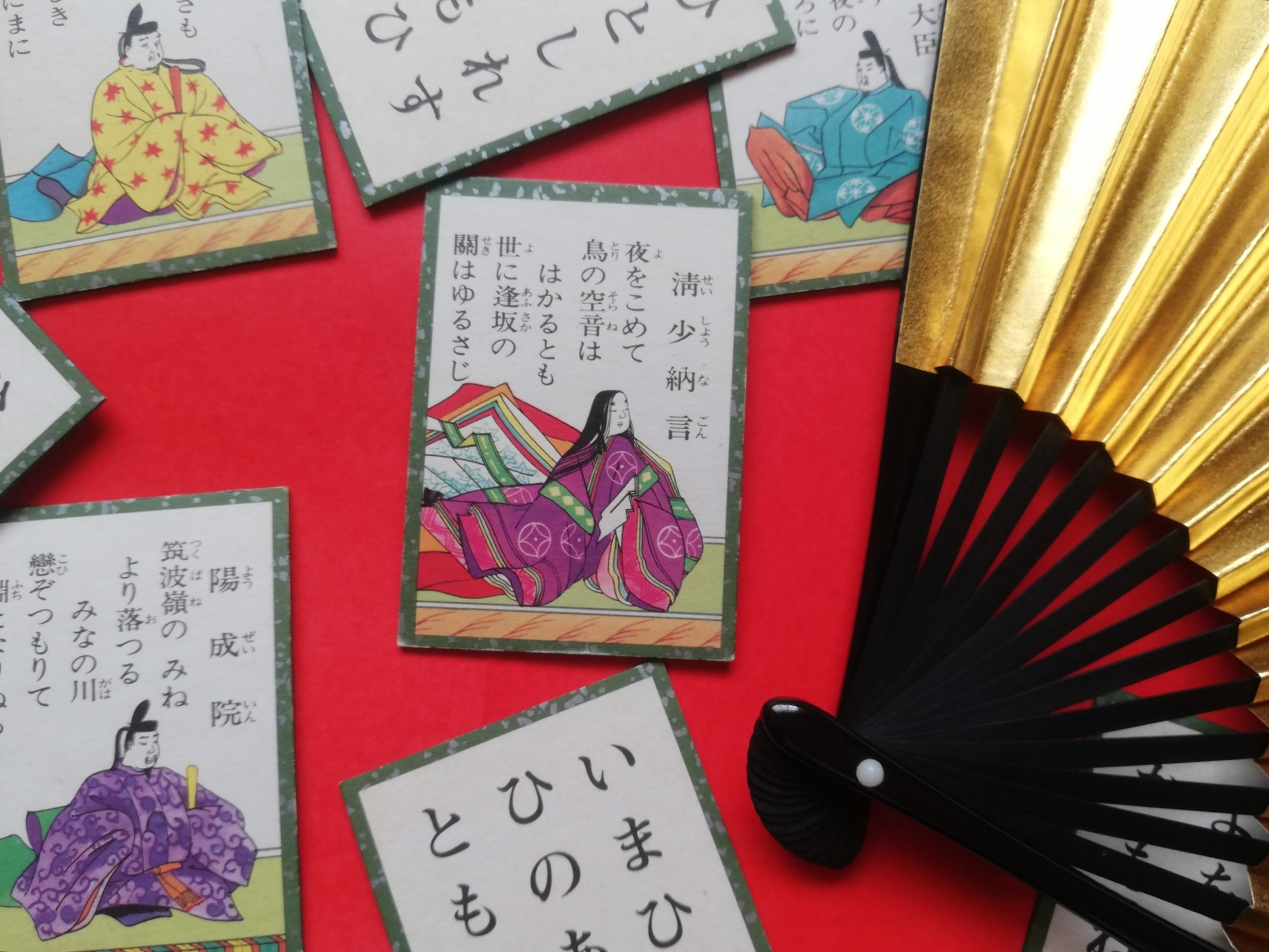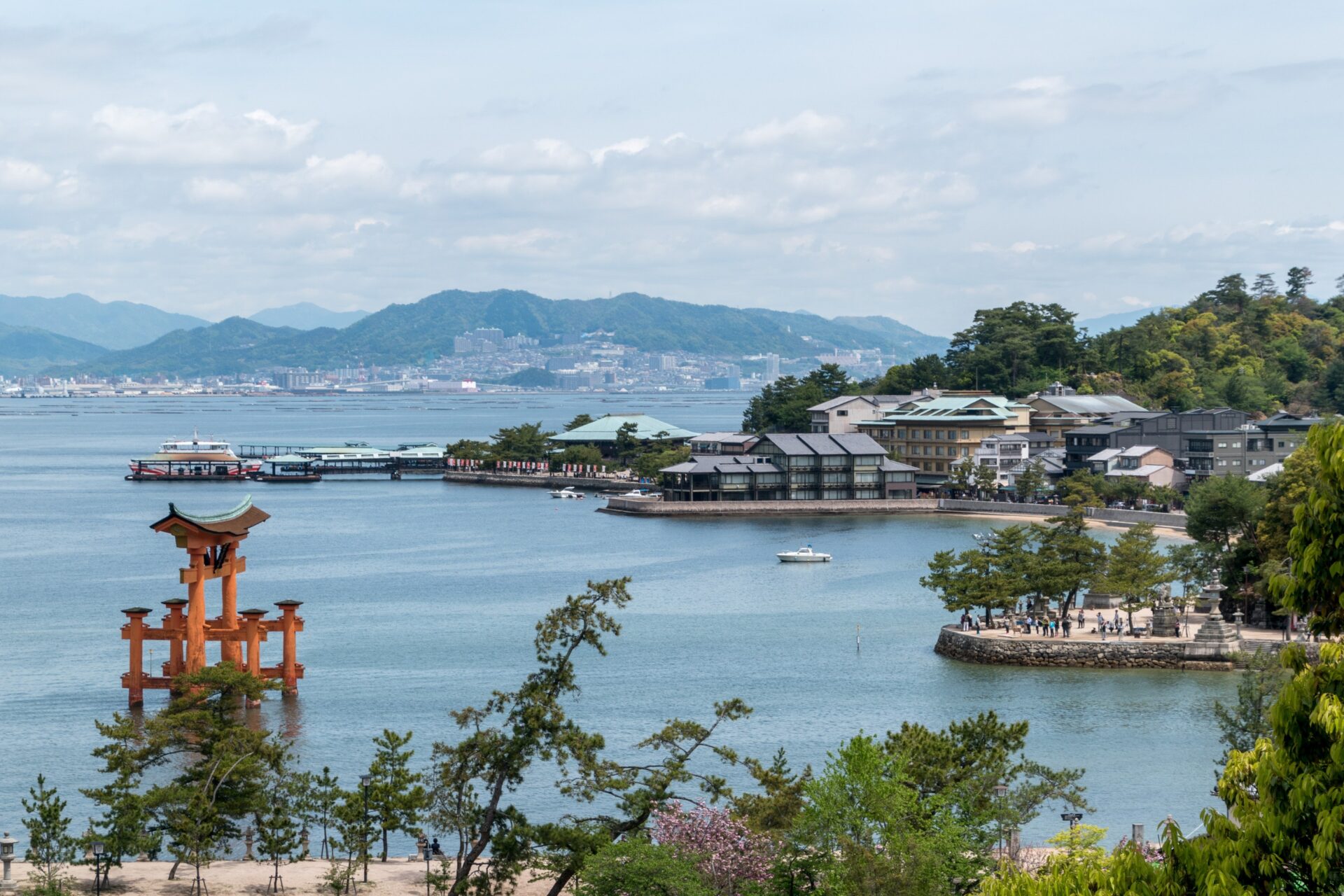Do you like to play card games? All over the world, many card games such as blackjack and go fish are popular. But have you ever heard of the Japanese card game Hyakunin Isshu (百人一首)?
Hyakunin Isshu is a traditional card game that is very popular throughout Japan and in this article, we’ll take a closer look at just what type of game it is has captured the hearts of millions in the Land of the Rising Sun.
1. What is Hyakunin Isshu?
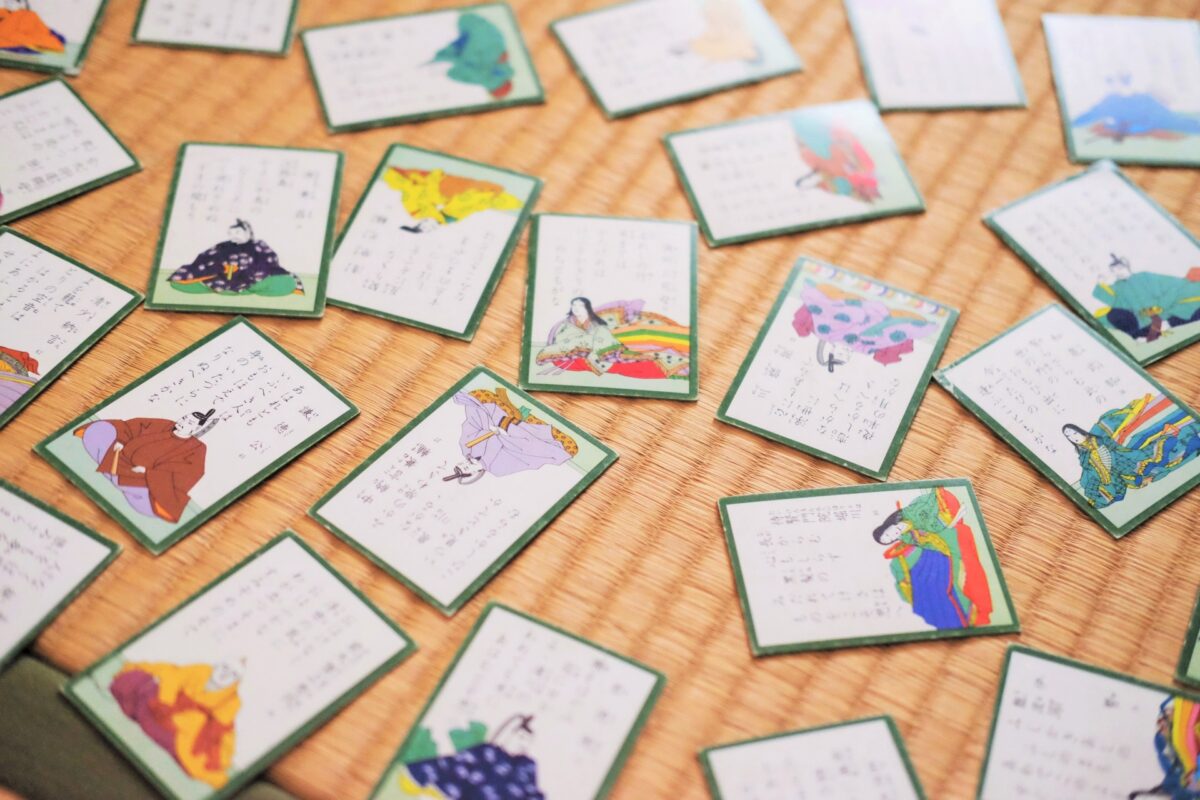
To understand Hyakunin Isshu, you first must understand Japanese poetry. The verses and poems used in this game are all waka poems (short verse) written by an ensemble of 100 individual poets whose poems were collected by Fujiwara no Teika in the early Kamakura period.
The game itself was originally a collection of waka poems, however, it eventually developed into a game that requires skill and tact.
2. How to play Hyakunin Isshu
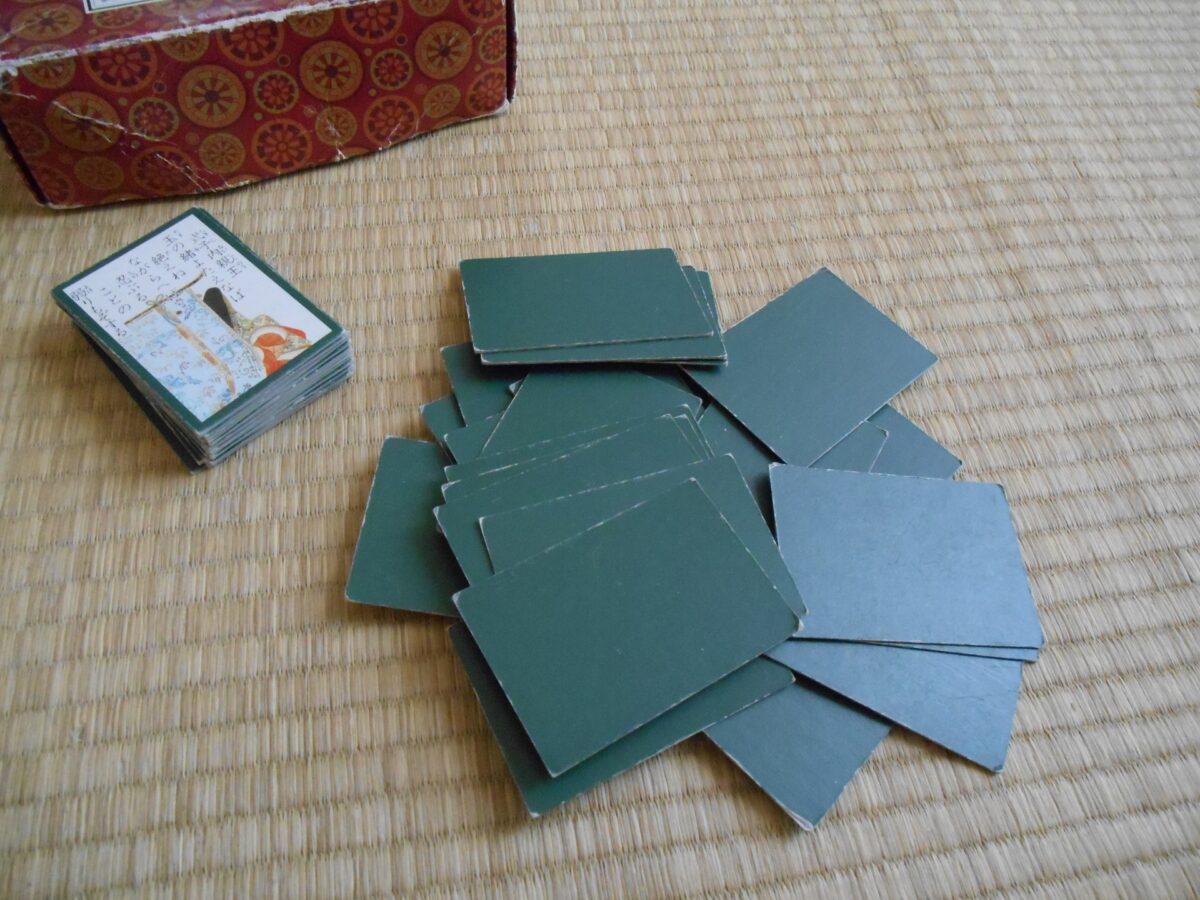
There are several varieties of the traditional Hyakunin Isshu game however the most commonly played one is called “Kyōgi Karuta (競技かるた)”.
In kyōgi karuta, you take 50 of the 100 cards and distribute them evenly 25/25 between you and your opponent. Then, to start, you arrange them in three rows in front of each player.
Next, the reader begins to read the waka one by one. A waka poem can be divided into a 5, 7, 5, 7, 7 syllable-per-line structure. The 5, 7, 5 phrases in the first half of a waka poem are called the “Kami-no-ku (上の句, top phrase)” and 7, 7 phrases in the second half are called the “Shimo-no-ku (下の句, bottom phrase).
To play, the reader holds a card on which both the top and bottom phrases are written, and reads them out loud. When half of the card is revealed, both players compete to see who can finish the waka poem faster. Whoever can take all 25 of their opponent’s cards first, is declared the winner.
Incidentally, the key to getting more cards than your opponent in Hyakunin Isshu is to memorize 100 waka poems. If you’re an advanced player, you’ll be able to narrow down what kind of phrase will be read next just by listening to the first letter of the top phrase. Memorize as many waka as you can and defeat any foe!
3. Waka of Hyakunin Isshu
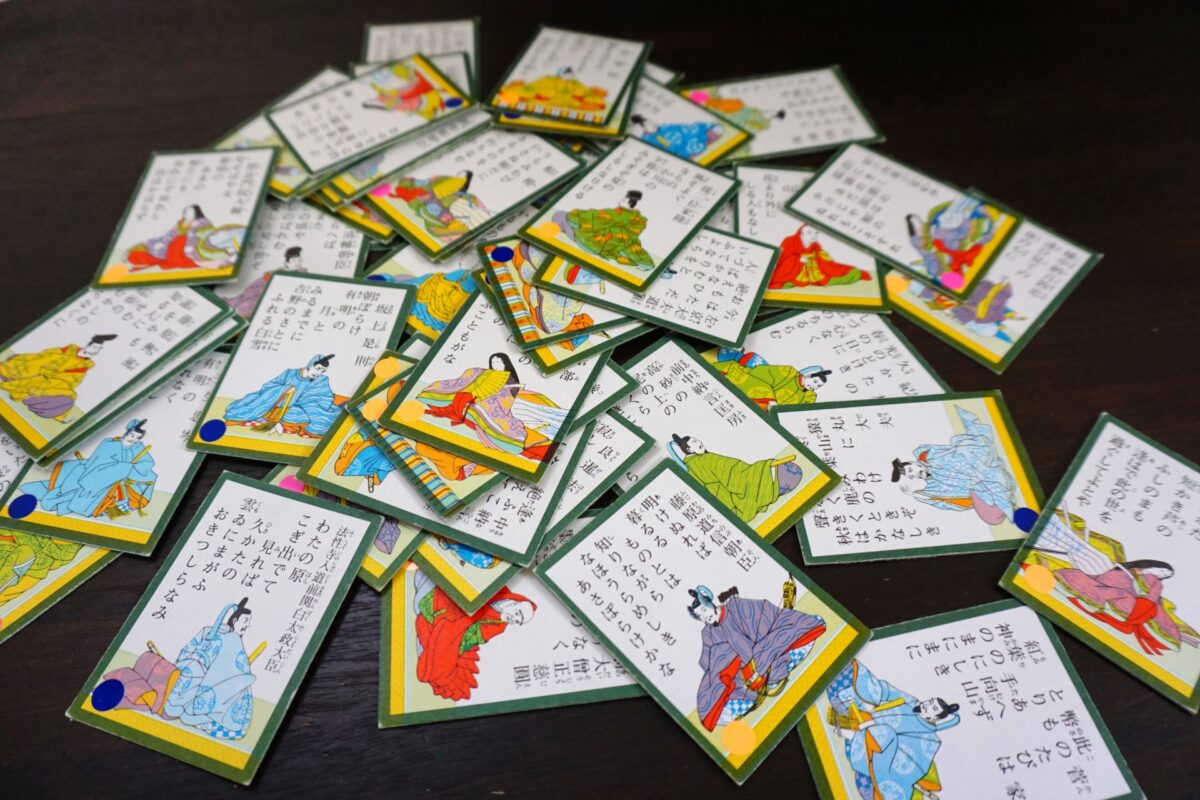
There are 100 waka poems in total in Hyakunin Isshu. Although the topic of traditional waka poems tends to often be about nature, love, and one’s feelings, the subjects covered in the traditional 100 are quite diverse in nature. Let’s take a look at a few of the 100 waka poems so you have a better idea of what this game looks like.
- 君がため 惜しからざりし 命さへ 長くもがなと 思ひけるかな
(Kimigatame oshikarazarishi inochisae nagakumoganato omoikerukana)
“Even this life that I thought I could spare in order to see you, now that I’ve met you, I’ve come to wish that it would last longer.”
This is a waka poem about love written by Fujiwara no Yoshitaka, a poet active in the mid-Heian period. - 小倉山 峰の紅葉葉 心あらば いまひとたびの みゆき待たなむ
(Ogurayama minenomomijiba kokoroaraba imahitotabino miyukimatanan)
“Oh, maple leaves on the peak of Mt. Ogura, if you have a heart, I have another visit, so please wait until then.”
This author is Fujiwara no Tadahira. He was active in the early to late Heian period and held an important position in the government during that time. This waka poem expresses the fragility of autumn leaves, which are beautiful, but also fall quickly. - 田子の浦に うち出でてみれば 白妙の 富士の高嶺に 雪は降りつつ
(Tagonourani uchiidetemireba shirotaeno fujinotakaneni yukihafuritsutsu)
“When I went out to Tagonoura Bay and looked around, I saw that there was pure white snow falling on the top of Mt. Fuji.”
The author is Yamabe no Akahito, a poet active in the Nara period. Mt.Fuji is a blue mountain covered with beautiful white snow, and it is as beautiful as if it were sprinkled with powdered sugar. In this waka, the author praises the natural beauty created by Mt. Fuji.
4. Differences between Hyakunin Isshu and Karuta
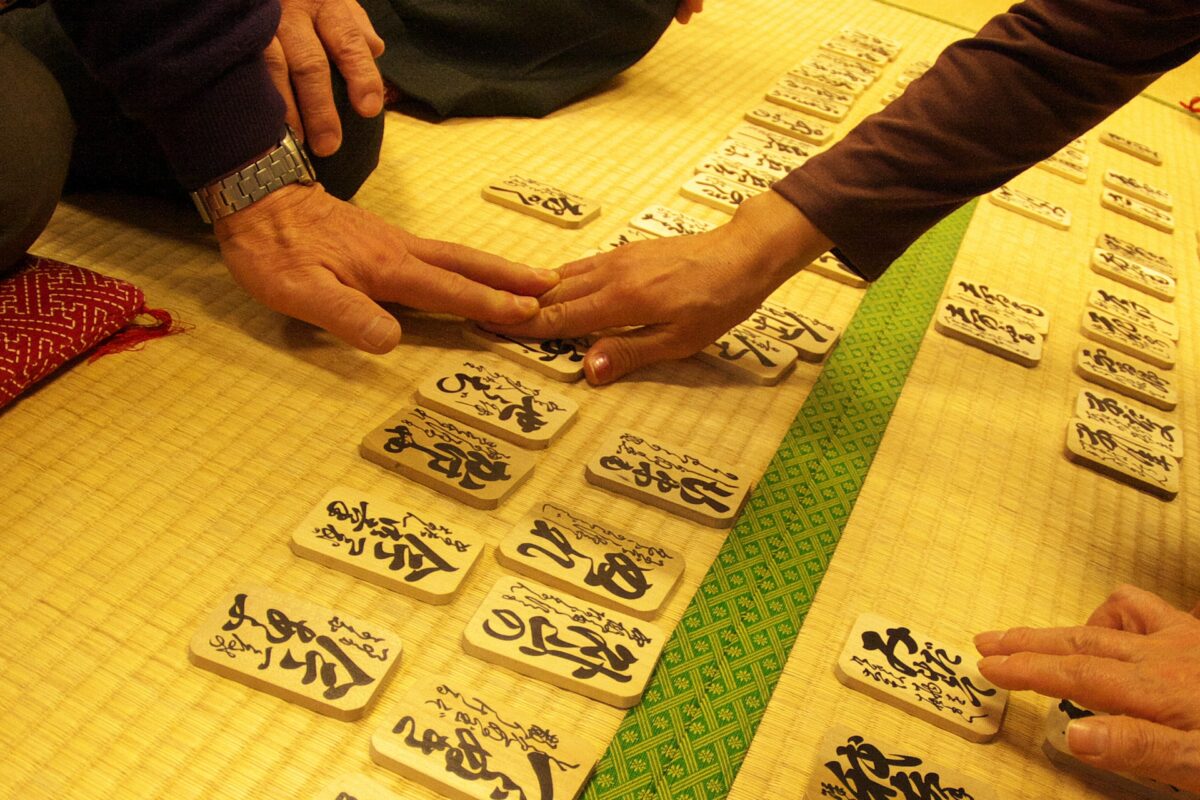
In addition to Hyakunin Isshu, there is another popular card game called “Karuta” in Japan. In both games, there are two roles: one is to read the cards and the other is to take them. Karuta and Hyakunin Isshu may seem similar, but if you look at them in detail, you will find some big differences.
For example, in karuta, the reader can see only the sentence on the card, while the taker can see the first hiragana of the sentence and the picture related to the sentence on the card. On the other hand, in Hyakunin Isshu, the reader’s card shows mostly the sentence, mostly with the picture of the poet who created the waka, while the card taker can see only the sentence at the bottom of the card
5. Hyakunin Isshu Competitions
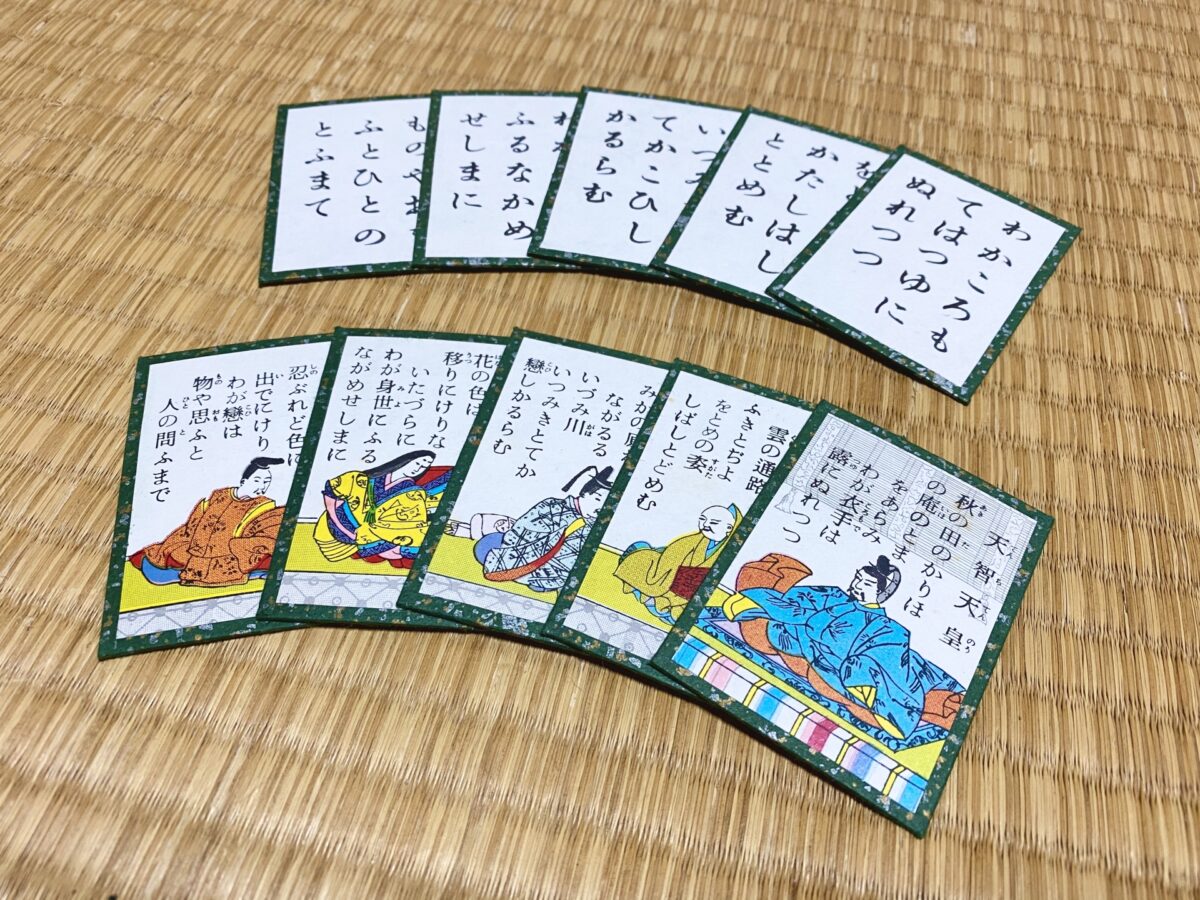
There are many Hyakunin Isshu tournaments held throughout Japan each year. There are even Hyakunin Isshu tournaments for elementary and junior high school students, as well as for advanced professionals.
Waka is often used as teaching material in Japanese literature classes and some schools hold their own Hyakunin Isshu competitions to encourage students to become more familiar with waka and further explore traditional Japanese literature.
While Hyakunin Isshu is an incredibly fun game to play with family and friends, it also has a lot of educational value and you can learn a lot about Japan and traditional Japanese culture by reading the waka poems on the cards. Next time you are hanging out with your Japanese friends, why not challenge them to a match and see if you have what it takes to be a Hyakunin Isshu master yourself!
Follow us on Instagram, Facebook, and Twitter for more travel inspiration. Or tag us to get featured!
Happy traveling!
Other articles you might be interested in

Mao Goto is a Japanese freelancer who was born in Hayama, Kanagawa prefecture and raised in Tokyo. Since 2016 she lives in the Taito Ward, home to a lot of Japanese culture hotspots such as Asakusa, Akihabara, and Ueno. She has been interested in the field of English education in Japan and got her Master’s degree in March 2020. A lover of photography, travel, sweets, and cross-stitch. Contact her via Facebook.
This post may contain some affiliate links. When you click through and make a purchase we may receive some commission, at no extra cost to you.
